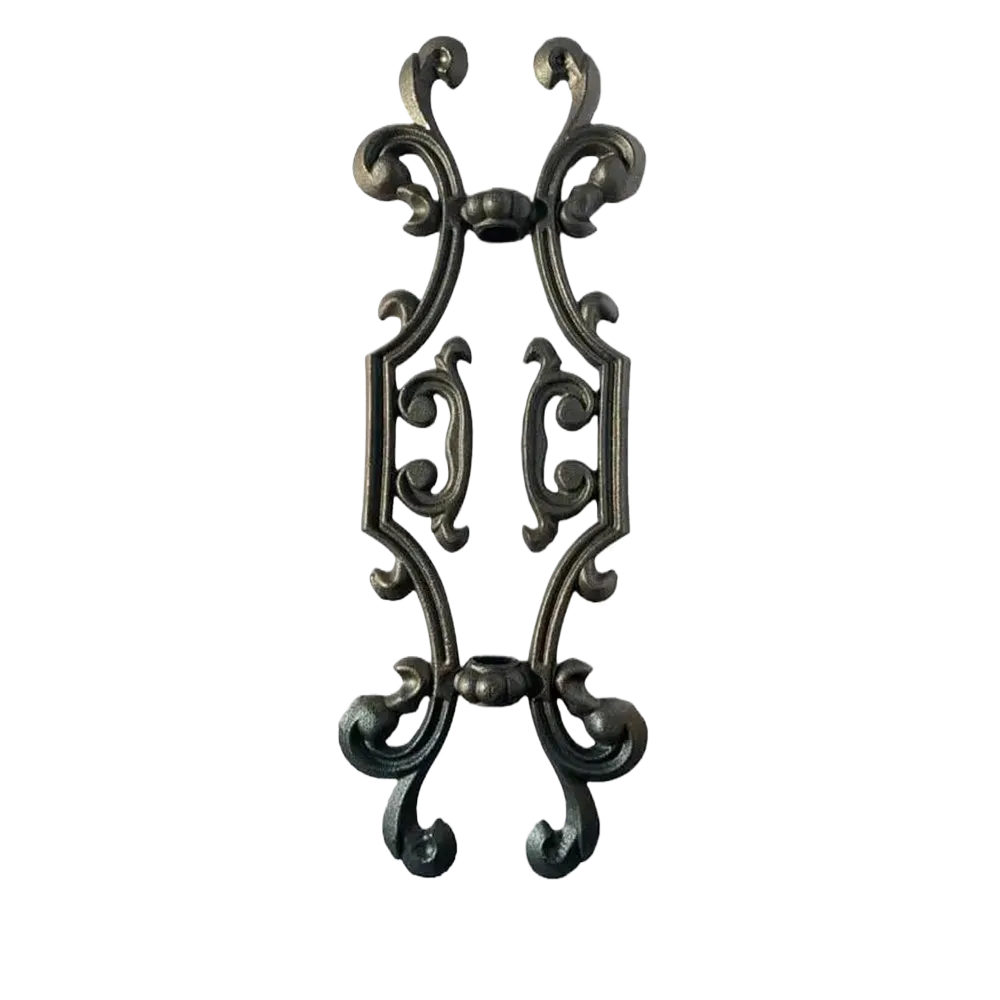Comparing the Strength of Iron and Steel in Different Applications
Is Iron or Steel Stronger?
When it comes to materials used in construction, manufacturing, and various engineering applications, the debate between iron and steel has been ongoing for centuries. Both materials have their unique properties, advantages, and applications, but when discussing which is stronger, it's essential to delve into their compositions and the contexts in which they are used.
Understanding Iron and Steel
Iron is a chemical element with the symbol Fe, known for its abundance and ease of extraction from its ores. It is a ductile metal but tends to be relatively soft and brittle in its pure form. Because of its properties, iron is rarely used in everyday applications without some form of alloying or treatment.
On the other hand, steel is an alloy primarily made of iron, with varying amounts of carbon (typically between 0.2% and 2.1% by weight). This addition of carbon, along with other possible alloying elements such as manganese, nickel, or chromium, significantly enhances the physical properties of the base metal. Steel is renowned for its high tensile strength, durability, and resistance to corrosion.
Strength Comparison
1. Tensile Strength Steel possesses a higher tensile strength than iron. Tensile strength refers to the maximum amount of tensile (stretching) stress that a material can withstand before failure. While wrought iron can have a tensile strength ranging from 370 to 450 MPa (megapascals), common grades of steel can have tensile strengths that exceed 2000 MPa. This makes steel a superior choice for structural applications where strength is paramount.
2. Ductility and Brittleness While iron has decent ductility, it can become brittle, particularly when under high stress or when exposed to harsh environmental conditions. Steel, particularly certain types like mild steel, offers improved ductility, allowing it to deform and absorb energy without breaking. This property makes steel ideal for dynamic loading situations, such as those encountered in construction and automotive applications.
is iron or steel stronger

3. Fatigue Resistance Another critical aspect of strength is fatigue resistance—how well a material can withstand cyclic loading over time. Steel, due to its controlled microstructure achieved through alloying and various heat treatments, significantly outperforms iron in fatigue resistance. This quality is crucial in applications like bridge construction or machinery where materials undergo repeated stress cycles.
4. Notch Sensitivity Iron is more susceptible to the effects of notches and other stress concentrators than steel. In environments where structural integrity is paramount, such as in beams or columns subjected to heavy loads, steel’s ability to resist failure at stress concentrators further highlights its superiority over iron.
Practical Applications and Advantages
The choice between iron and steel often comes down to specific application requirements. For instance, while wrought iron has been historically favored for ornamental work due to its aesthetic qualities and workability, steel has predominantly taken over construction, automotive, and manufacturing sectors. Buildings, bridges, and vehicles commonly rely on steel due to its superior strength-to-weight ratio, allowing for lighter structures that can bear more load.
Additionally, steel’s ability to be treated with coatings to prevent rust, such as galvanization, enhances its longevity and performance in various environmental conditions, posing another advantage over iron.
Conclusion
In conclusion, while both iron and steel have their roles in material science and engineering, steel undoubtedly reigns supreme in terms of strength, versatility, and practical applications. The enhancements in tensile strength, fatigue resistance, and overall durability make steel the go-to material in most industrial contexts. As technology continues to evolve, innovations in steel production, including the development of high-strength steels and specialty alloys, will likely further solidify iron's position as a lesser choice for demanding applications. Thus, for any project requiring strong and resilient materials, steel is the clear winner in the iron vs. steel debate.
-
Wrought Iron Components: Timeless Elegance and Structural StrengthNewsJul.28,2025
-
Window Hardware Essentials: Rollers, Handles, and Locking SolutionsNewsJul.28,2025
-
Small Agricultural Processing Machines: Corn Threshers, Cassava Chippers, Grain Peelers & Chaff CuttersNewsJul.28,2025
-
Sliding Rollers: Smooth, Silent, and Built to LastNewsJul.28,2025
-
Cast Iron Stoves: Timeless Heating with Modern EfficiencyNewsJul.28,2025
-
Cast Iron Pipe and Fitting: Durable, Fire-Resistant Solutions for Plumbing and DrainageNewsJul.28,2025
-
 Wrought Iron Components: Timeless Elegance and Structural StrengthJul-28-2025Wrought Iron Components: Timeless Elegance and Structural Strength
Wrought Iron Components: Timeless Elegance and Structural StrengthJul-28-2025Wrought Iron Components: Timeless Elegance and Structural Strength -
 Window Hardware Essentials: Rollers, Handles, and Locking SolutionsJul-28-2025Window Hardware Essentials: Rollers, Handles, and Locking Solutions
Window Hardware Essentials: Rollers, Handles, and Locking SolutionsJul-28-2025Window Hardware Essentials: Rollers, Handles, and Locking Solutions -
 Small Agricultural Processing Machines: Corn Threshers, Cassava Chippers, Grain Peelers & Chaff CuttersJul-28-2025Small Agricultural Processing Machines: Corn Threshers, Cassava Chippers, Grain Peelers & Chaff Cutters
Small Agricultural Processing Machines: Corn Threshers, Cassava Chippers, Grain Peelers & Chaff CuttersJul-28-2025Small Agricultural Processing Machines: Corn Threshers, Cassava Chippers, Grain Peelers & Chaff Cutters












